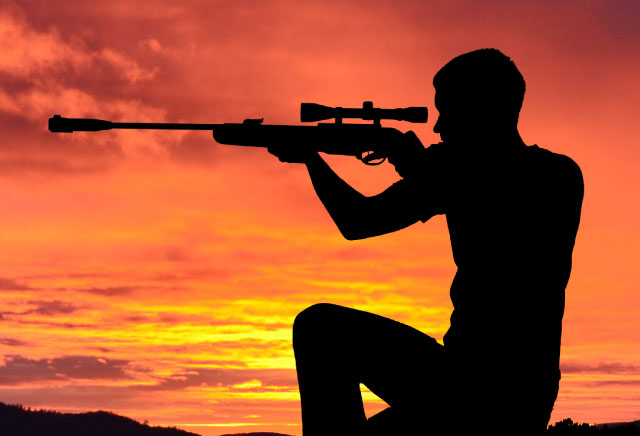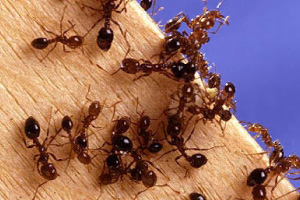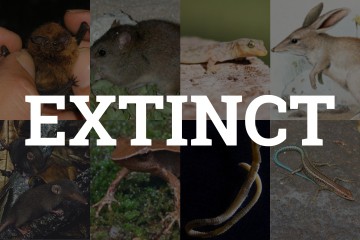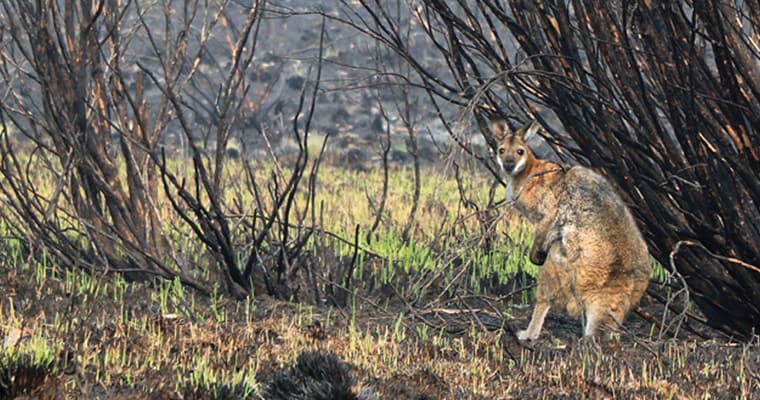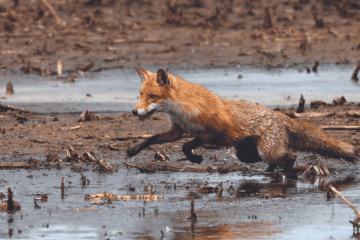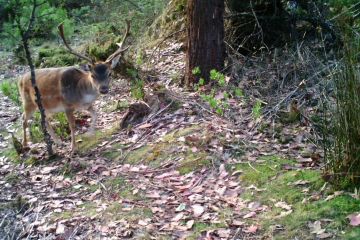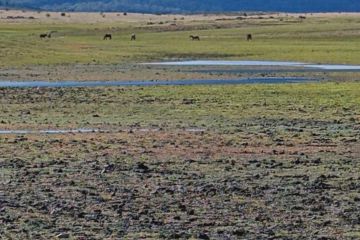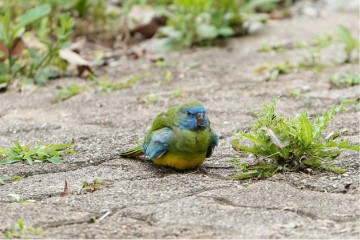
Response to Draft Qld Invasive Plants and Animals Strategy (QIPAS)
While many positive elements of the former strategy are worth retaining, developing this new strategy provides an opportunity for new ideas and improvements – as suggested in this submission.






